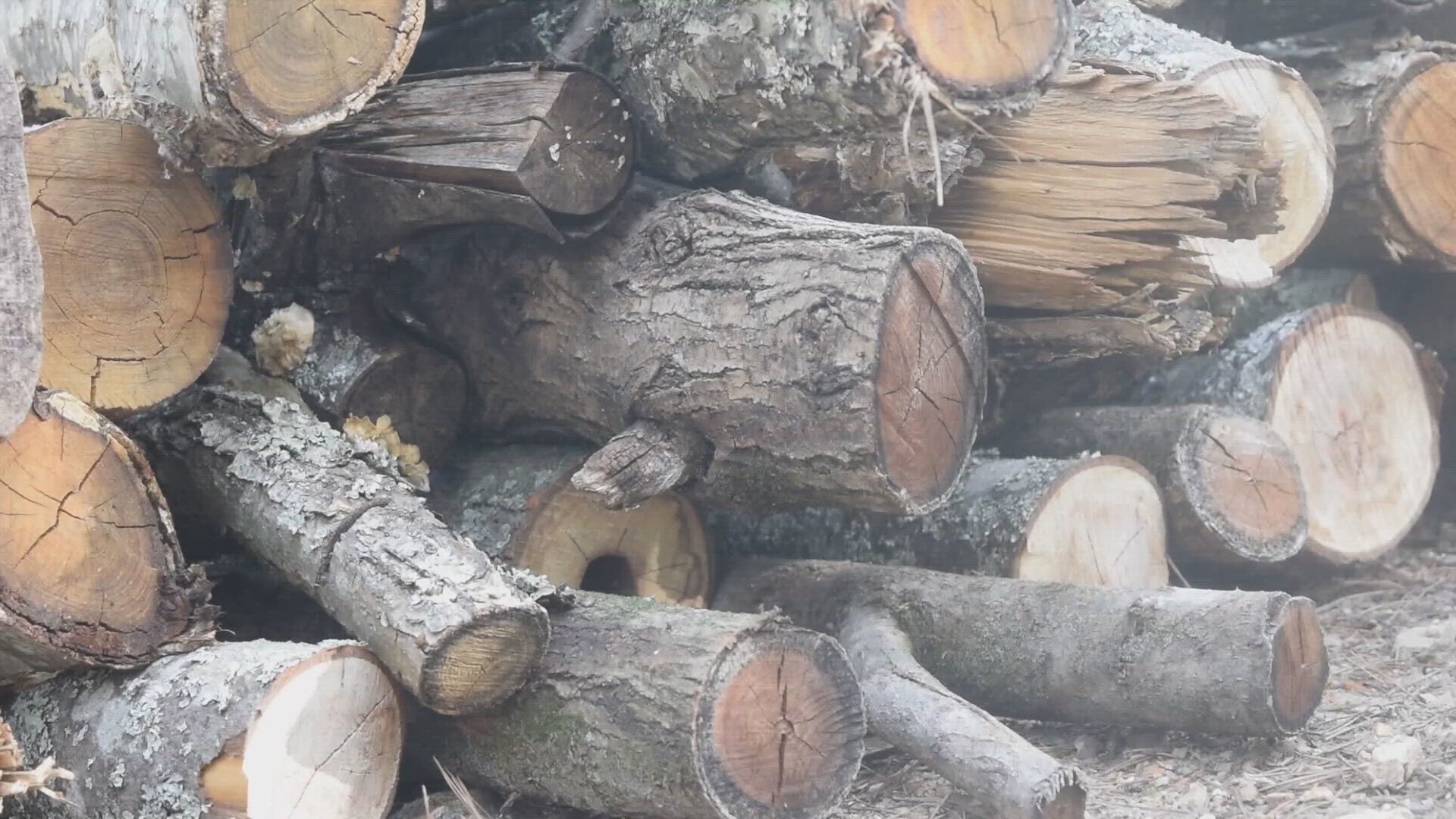PHOENIX — Forest thinning could boost Arizona's water supply by hundreds of acre-feet a year, according to SRP.
SRP and Arizona State University cooperated on a study using LiDAR data to see how much water the state could save by reverting large parts of Arizona forest to pre-industrial tree levels.
"If you think over a large landscape, just a little bit of depth of water left behind results in a large volume of water savings," Bo Svoma, a meteorologist with SRP said.
For decades, Arizona's forests have been managed in a way that extinguished wildfires immediately, Svoma said, as well as reducing logging and other methods of forest thinning.
That has led to a forest that's unnaturally thick and prone to wildfires, he said.
Wildfires in thick forests tend to burn hotter and burn everything away, leaving nothing to hold the soil together, Svoma said. That dirt and wildfire debris then gets swept downstream during monsoon rains, where it can reach the state's reservoirs. more mud in a reservoir means the reservoir can't hold as much water.
"That's a hit to the water supply," Svoma said.
But too many trees also use water to live, reducing the amount of water that stays in the ground or flows downstream.
All of these factors have been known, Svoma said, but quantifying it has been difficult.
But SRP teamed up with ASU to use LiDAR data to finally get concrete numbers.
LiDAR is a scanning technology with very fine resolution. The LiDAR data they used comes from sensors mounted on planes and helicopters that scan the forest.
It's enough detail that researchers can tell how many trees are in a given area, and then estimate how much water is used by that tree.
"We can predict where the water will go in the landscape when a tree is located in a certain spot and also what will happen when we remove that tree," ASU research scholar Wren Raming said. "You can get really high-resolution information about a forest."
Removing trees would bring the forest back to a level similar to its appearance before humans started trying to manage forests. Far fewer small trees, more large trees, and fewer trees per acre.
It would save water, reduce fire danger and promote healthier forests, Svoma said.
"It's a triple win," he said.
SRP is already doing its own forest thinning. Other agencies like the US Forest Service have thinning projects underway, including one at Ponderosa campground near Payson.
RELATED: Unhappy campers: Forest Service plans to ax thousands of trees inside popular Payson campground
A thinning project would save SRP about 230 acre-feet of water per year, Svoma said. An acre-foot of water is roughly equivalent to the amount of water three homes use in a year.
SRP is responsible for 800,000 acre-feet of water a year, Svoma said, so this is not a large savings.
"This is a number of small things that can add up to something big," he said.
Water Wars
Catch up on the latest news and stories surrounding Arizona’s water crisis on the 12News YouTube channel. Subscribe today.

